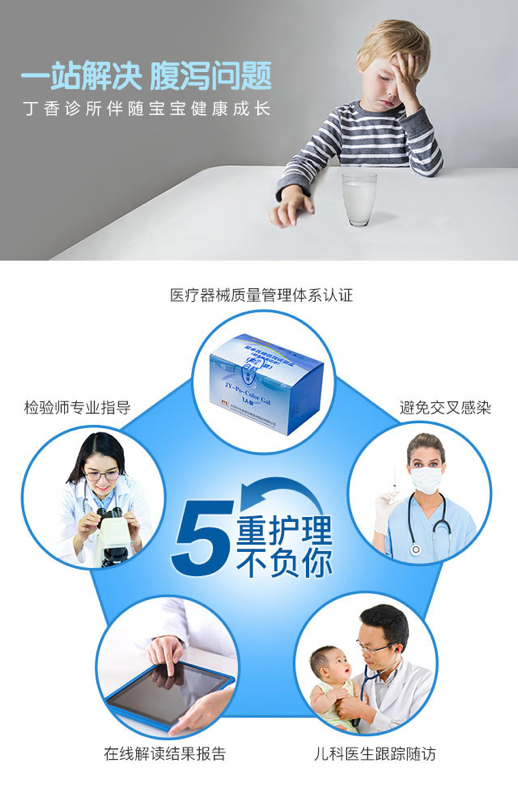
In the outpatient service, parents will consult about the baby’s diarrhea every day. Especially novice mothers, seeing their children loose stool or the color of stool is different from before, are easy to become nervous:
[Does the child have diarrhea? ]
[Is shit abnormal? ]
The baby’s stool has a lot to do with diet, especially for small babies who are mainly breast milk. The stool can be very thin, so loose stool is not necessarily diarrhea.
In addition, stool color is not the main reference index, green stool can also be normal, the key is to look at the character and frequency.
If the originally good stool suddenly becomes thin, the number of times becomes more, and it has not improved for a week. Or if the weight gain of the baby (under 6 months old) is not ideal due to the loose stool of the baby, then such stool should be paid attention to by us, and whether it is lactose intolerance.
What are the typical manifestations of lactose intolerance?
Generally speaking, typical lactose intolerance is manifested as large stool volume, foam and water sample, or egg flower soup-like stool, color can be yellow or turquoise thin paste stool, milk or foam, can have obvious sour odor. Babies will also cry, abdominal distension, farting increase, etc.
Does lactose intolerance need treatment?
Some lactose intolerance does not need treatment. For example, breast-fed babies have relatively thin stool and can also have foam and milk flap. However, children’s growth and development are good and do not need treatment.
However, if the baby’s lactose intolerance is secondary to diarrhea, that is to say, after diarrhea cannot be cured for a long time, secondary lactose intolerance is considered. Or some small babies’ long-term loose stool leads to poor weight gain, then active treatment is recommended.
For the treatment of lactose intolerance, a suitable lactase can be selected to reduce the influence of lactose in breast milk or formula milk, or to replace it with low lactose and lactose-free formula milk to relieve diarrhea caused by lactose intolerance.
Which methods can identify lactose intolerance?
The identification methods of lactose intolerance include professional targeted examination and self-identification.
1. Professional identification methods:
You can go to the hospital for lactose intolerance related tests, including stool reducing sugar test, urine galactose test, etc.
2. Self-identification method: three look, two listen and one smell
Look at the baby’s poop: whether there is milk flap, whether there is water to separate egg patterns, and whether there is a lot of foam.
Listen to the baby’s belly: whether it is often gurgling or not, whether it is fart.
Smell the baby’s mouth: Is there any sour smell?
If there are 1-2 items that meet the requirements, the possibility of lactose intolerance needs to be considered.
Pediatricians usually judge whether lactose intolerance is possible and whether targeted treatment is needed according to the course of diarrhea, typical stool manifestations and effects on children’s growth and development.
If the self-examination suspects the possibility of lactose intolerance and there is no professional doctor to guide the judgment, urine galactose test can be tried to judge whether there is lactose intolerance.
Identify the two-dimensional code below and measure it at home.


